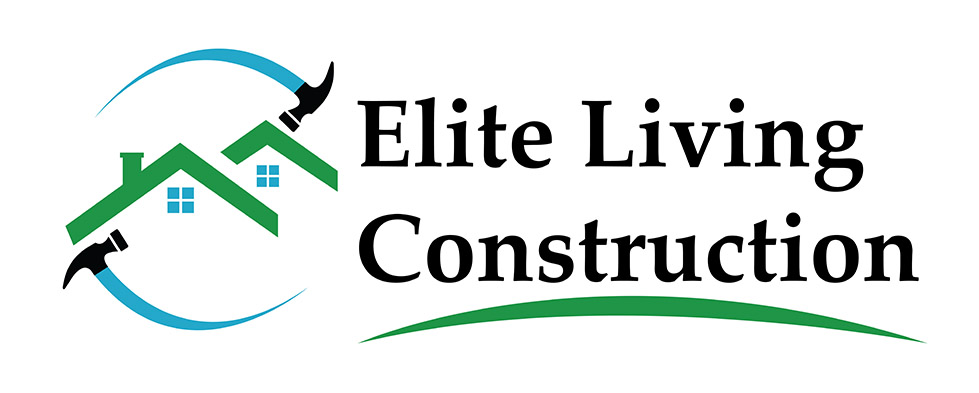When it comes to designing a kitchen, selecting durable materials for your cabinets is critical for ensuring long-lasting beauty and functionality. Kitchen cabinets endure daily use, exposure to heat, humidity, and wear and tear, so choosing the right material is key. Below, we explore the most durable wood types, their features, and their pros and cons to help you make an informed decision.
Most Durable Cabinet Materials
The following wood types are renowned for their strength, durability, and aesthetic appeal. Here’s a breakdown of each:
- Hickory
- Oak
- Cherry
- Maple
- Walnut
- Brich
- Rustic Alder
- Medium-Density Fiberboard (MDF)
- Solid Hardwood
1. Hickory
Hickory wood is known for its unique grain patterns and striking contrast between its light sapwood and darker heartwood. Its warm tones, ranging from cream to reddish-brown, make it ideal for rustic or farmhouse-style kitchens.
Hickory is native to North America and is commonly found in forests across the United States. It is highly sought after for its strength and ability to resist wear, making it a preferred choice for high-traffic kitchens.
Pros:
- Extremely durable and shock-resistant.
- Unique grain adds character.
- Ideal for rustic and traditional designs.
- Resistant to scratches and dents.
Cons:
- Difficult to work with due to its density.
- More expensive than other hardwoods.
- Prone to color variation that may not suit all aesthetics.
2. Oak
Oak features a prominent, open-grain pattern that ranges from straight to wavy. Available in red and white varieties, oak offers a warm, earthy aesthetic with hues ranging from light beige to rich golden tones.
Widely found across North America and Europe, oak is a classic choice for cabinetry. Its abundance and versatility make it a popular option for both modern and traditional kitchens.
Pros:
- Extremely durable and resistant to moisture.
- Easy to stain and finish, offering design flexibility.
- Widely available and budget-friendly.
- Timeless appeal that suits a variety of styles.
Cons:
- Grain patterns may be too bold for minimalist designs.
- Can darken over time, altering its original look.
- Heavy weight may make installation more challenging.
3. Pecan
Pecan wood is distinguished by its intricate grain patterns and warm hues that range from light brown to golden amber. Its rich, natural finish adds elegance to any kitchen.
Native to the southern United States, pecan is a less commonly used wood for cabinetry, making it a unique and premium choice.
Pros:
- Strong and highly resilient against wear and tear.
- Unique grain patterns offer a luxurious look.
- Suitable for both traditional and modern kitchens.
- Resistant to impact and scratches.
Cons:
- Limited availability increases costs.
- Heavy and difficult to work with.
- Requires expert craftsmanship for installation.
4. Cherry
Cherry wood is known for its smooth, fine-grain texture and rich reddish-brown hues. Over time, cherry wood darkens, developing a deep, warm patina that enhances its luxurious appeal.
Cherry trees are predominantly found in the eastern United States. This wood is commonly associated with high-end cabinetry due to its refined appearance and durability.
Pros:
- Ages beautifully with a richer color over time.
- Smooth, uniform grain adds sophistication.
- Easy to machine and work with.
- Versatile for various design styles.
Cons:
- More expensive than other domestic hardwoods.
- Softer than hickory or oak, making it prone to dents.
- Susceptible to fading with prolonged sunlight exposure.
5. Maple
Maple wood features a smooth, uniform grain and light creamy tones that can be easily stained or painted. Its understated look makes it popular for modern, clean designs.
Abundant in North America, maple is one of the most versatile and cost-effective hardwoods for cabinetry.
Pros:
- Durable and resistant to scratches.
- Takes stains and paints well, offering versatility.
- More affordable than cherry or walnut.
- Lightweight compared to denser woods.
Cons:
- Lacks the pronounced grain of other woods.
- Can yellow over time with UV exposure.
- May be too plain for rustic or traditional designs.
6. Walnut
Walnut’s rich, dark brown tones and straight grain patterns exude luxury and sophistication. Its natural luster enhances the warmth of kitchen spaces.
The rich walnut is grown in North America and Europe, walnut is a premium wood used for high-end cabinetry.
Pros:
- Stunning, rich appearance.
- Smooth texture with a natural shine.
- Durable and long-lasting with proper care.
- Ideal for upscale kitchen designs.
Cons:
- Expensive and less widely available.
- Softer than hickory or oak, making it susceptible to dents.
- Requires regular maintenance to retain its beauty.
7. Brich
Birch has a fine, even grain and pale color that ranges from creamy white to light yellow. Its simplicity makes it a popular choice for minimalist designs.
Birch is native to North America and is widely available. It is often used as an economical alternative to more expensive hardwoods.
Pros:
- Affordable and widely available.
- Takes paint and stain well for customization.
- Lightweight and easy to work with.
- Durable for everyday use.
Cons:
- Prone to scratches and dents compared to harder woods.
- Can lack the visual depth of richer-grained woods.
- Susceptible to warping in high humidity.
8. Rustic Alder
Rustic alder showcases a knotty, grainy texture with warm reddish-brown hues. Its rustic charm suits country or farmhouse-style kitchens.
Alder trees are native to the Pacific Northwest of the U.S. Rustic alder is widely available and often used for creating a warm, cozy ambiance.
Pros:
- Affordable compared to other hardwoods.
- Easy to stain and finish.
- Lightweight and simple to install.
- Unique, rustic appearance.
Cons:
- Softer than other hardwoods, making it prone to dents.
- Grain patterns may not appeal to all design tastes.
- Requires regular sealing to prevent damage.
9. Medium-Density Fiberboard (MDF)
MDF is smooth and uniform, providing an ideal surface for painted finishes. It lacks a natural grain but offers a clean, modern aesthetic.
Manufactured from wood fibers and resin, MDF is widely available and cost-effective, making it a popular alternative to solid wood.
Pros:
- Affordable and widely available.
- Resists warping and cracking.
- Ideal for painted finishes.
- Lightweight and easy to work with.
Cons:
- Less durable than solid wood.
- Susceptible to water damage if not sealed properly.
- Cannot match the natural beauty of real wood.
10. Solid Hardwood
Solid hardwood offers unparalleled natural beauty, with its rich grain patterns and variety of hues. Each piece of hardwood is unique, adding character to kitchen cabinets.
Harvested from whole logs, solid hardwood is one of the most traditional and sought-after materials for cabinetry. Common hardwoods used include oak, maple, cherry, and hickory, all widely available across the U.S.
Pros:
- Extremely durable and long-lasting when properly maintained.
- Can be sanded and refinished multiple times for a refreshed look.
- High resistance to daily wear and tear, dents, and scratches.
- Adds significant value to your home due to its premium appeal.
Cons:
- Expensive compared to engineered wood options.
- Heavier than alternatives, making installation more labor-intensive.
- Susceptible to warping or expansion in areas with high humidity unless sealed.
- Requires regular maintenance to retain its appearance and strength.
How Can You Choose The Best Wood For Your Kitchen Cabinets?
Choosing the best wood for kitchen cabinets depends on factors such as durability, aesthetics, and budget. For rustic designs, hickory and pecan provide character and strength. For modern kitchens, maple and MDF offer sleek, cost-effective options. High-end homeowners often prefer walnut or cherry for their luxurious appeal. By balancing style, functionality, and cost, you can select a wood type that complements your kitchen and withstands the test of time.



